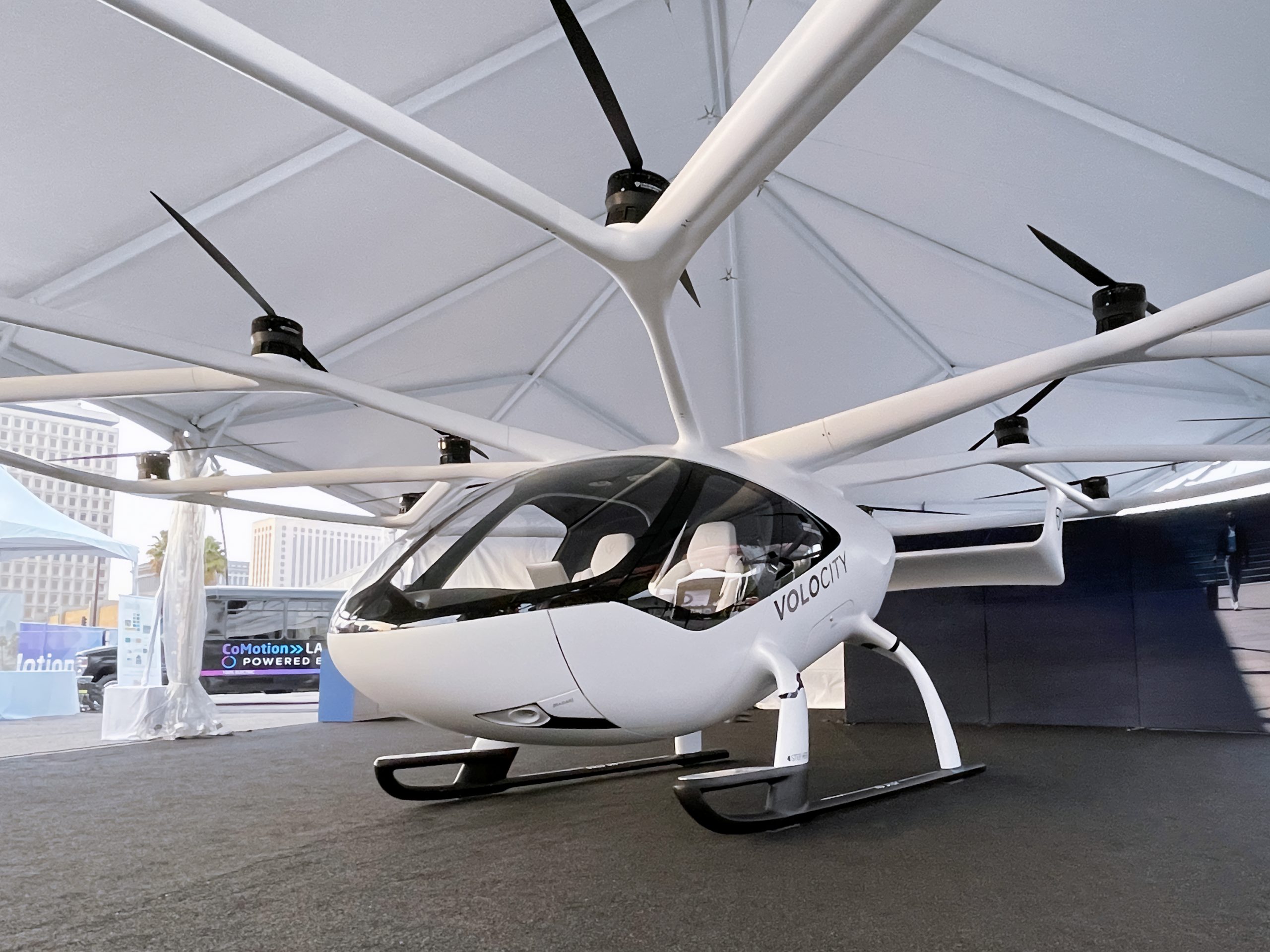Buckle up (literally) everyone because the future is here. Even Back to the Future’s Marty Mcfly and Doc Brown could not have seen this coming.
Maybe you’ve imagined this as a child or maybe you saw it in a dream. Regardless, Singapore is about to witness a new form of transport – air taxis.
Commercial Air Taxis to Launch
In just two years’ time, commercial air taxi services will be launched in Singapore by air taxi pioneers Volocopter and Skyports.
This service will begin with frequent flights in Marina Bay and Sentosa.
It will then expand to include cross-border air taxi trips to Indonesia and Malaysia, possibly flying directly from terminals in areas like Seletar and Changi to cities including Melaka, Batam and Bintan.
So say goodbye to bumpy, seasickness-inducing ferry rides.
Shorter Travelling Journeys
If the idea of air taxis hasn’t already amazed you, the travelling time will.
An air taxi flight from Changi Airport to Batam would take less than 20 minutes. For reference, that’s equivalent to an MRT ride from the east to the city.

A business traveller going to Ibrahim International Business District in Johor Baru could reach his destination in just 30 minutes, compared with the current three hours by car.
Collaborative Effort
At the Singapore Airshow on 15 February, the air taxi companies said the technology is now close to commercial roll-out.
Their blueprints are the first concrete details that have emerged from the urban air mobility industry here since their joint 2019 trial, when an electric air taxi took off successfully for a three-minute flight along the Marina Bay waterfront.
Join our Telegram channel for more entertaining and informative articles at https://t.me/goodyfeedsg or download the Goody Feed app here: https://goodyfeed.com/app/
On Tuesday, the Economic Development Board (EDB) and developer JTC Corporation identified Seletar Aerospace Park as a possible “advanced air mobility” hub, signing a memorandum of understanding with each company.
The agreements include pledges to explore building air taxi infrastructure like terminals and facilities for pilot training in Seletar as well as establish a manufacturing and maintenance, repair and overhaul centre for air taxis in the same area.
The four signatories said in a joint statement: “With the advanced air mobility industry set to take off amid accelerating technological breakthroughs, Singapore is pushing ahead to grow the industry locally… with a view to creating a network of air taxi ports and an initial commercial air taxi service in the city state by 2024.”
Vehicle Functions
Volocopter’s air taxis look like small helicopters with multiple mini rotor blades.

These electric crafts have been touted as a safer, quieter, more convenient and more environmentally friendly way to travel.
They will take off from and land on vertiports – named for the way the vehicles take off and land vertically. Resembling small private airports about 20-25m long, these can be replicated on the rooftop of buildings, which would allow for more direct transport.
Volocopter’s urban air taxi, VoloCity, has a range of 35km and a speed of 90kmh, while its four-seater model, VoloConnect, can travel at 180kmh over 100km.
A slew of tests, flight trials and evaluations are being conducted to ensure they are as safe as commercial aircraft, said Mr Christian Bauer, Volocopter’s chief commercial officer.
The firm also plans to hire up to 500 direct employees here by 2030, and induce the creation of another 800 jobs.
The first fleet of air taxis here should consist of 10 to 20 air taxis, Mr Bauer said.
The good news? The service will be affordable to the general public.
Plugging Gaps in Transport System
Mr Tay Yun Yuan, head of Asia-Pacific at British vertiport developer Skyports, said air taxis are the “next frontier for aviation” and can plug the gaps in the current transport system.
They will more likely complement the existing system of trains, buses and taxis than replace them, and should instead first be used for last-mile connections or for regional connectivity on routes that are too short for current commercial flights, he said.
He said of air taxi use: “We think there could be a chance to use air taxi services to connect to the islands in the south and to our neighbours in the north and to potentially enhance our status as an aviation hub today.”
With the Cross Island line being constructed and short-distance air travel becoming a reality here, you might want to hold back on those plans to get a car.
Read Also:
- Police Has Recovered About $2 Million & Frozen 121 Bank Accounts in OCBC Phishing Scam
- Everything About What Sylvia Lim Said During the COP Debate Summarised for You
- Rebecca Lim Shows Clearer Image of Her Husband-to-Be During Valentine’s Day
Featured Image: Volocopter




